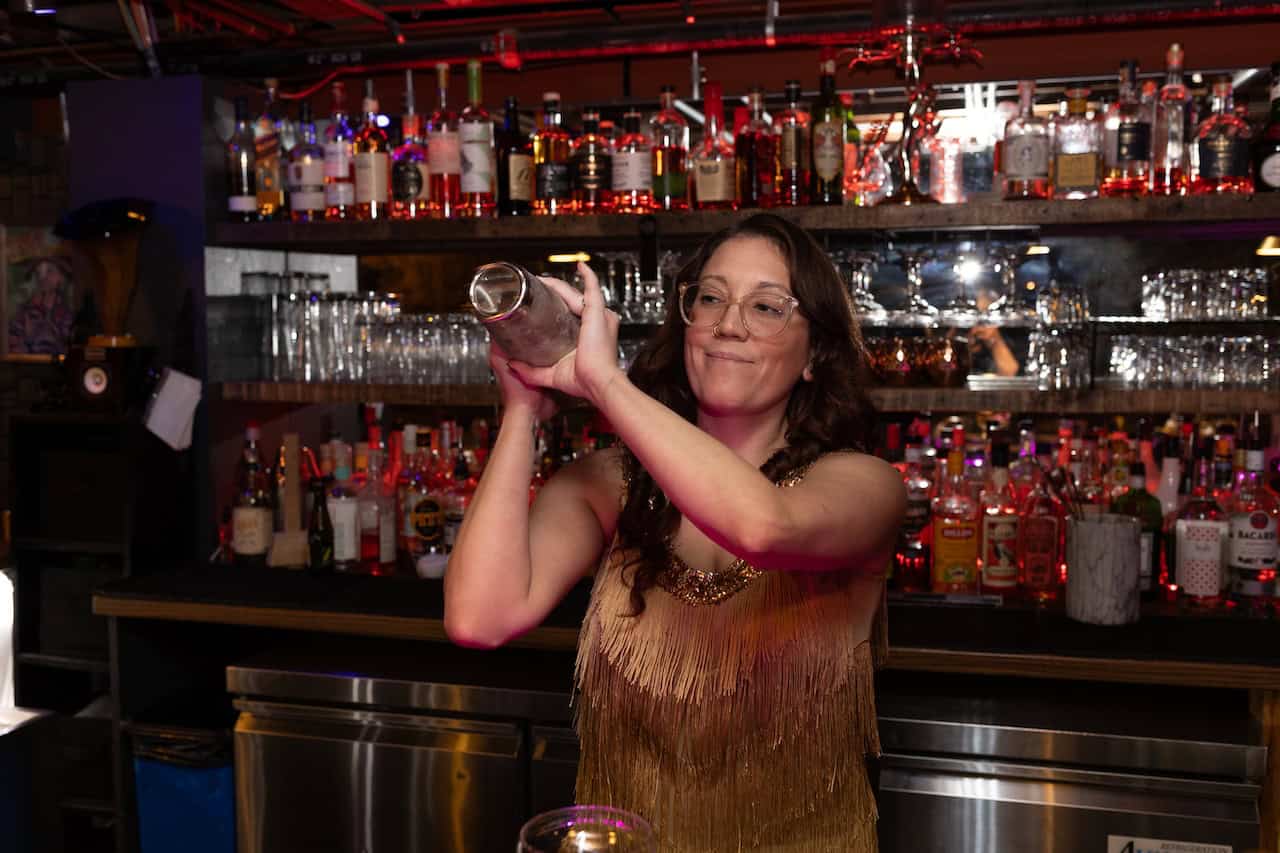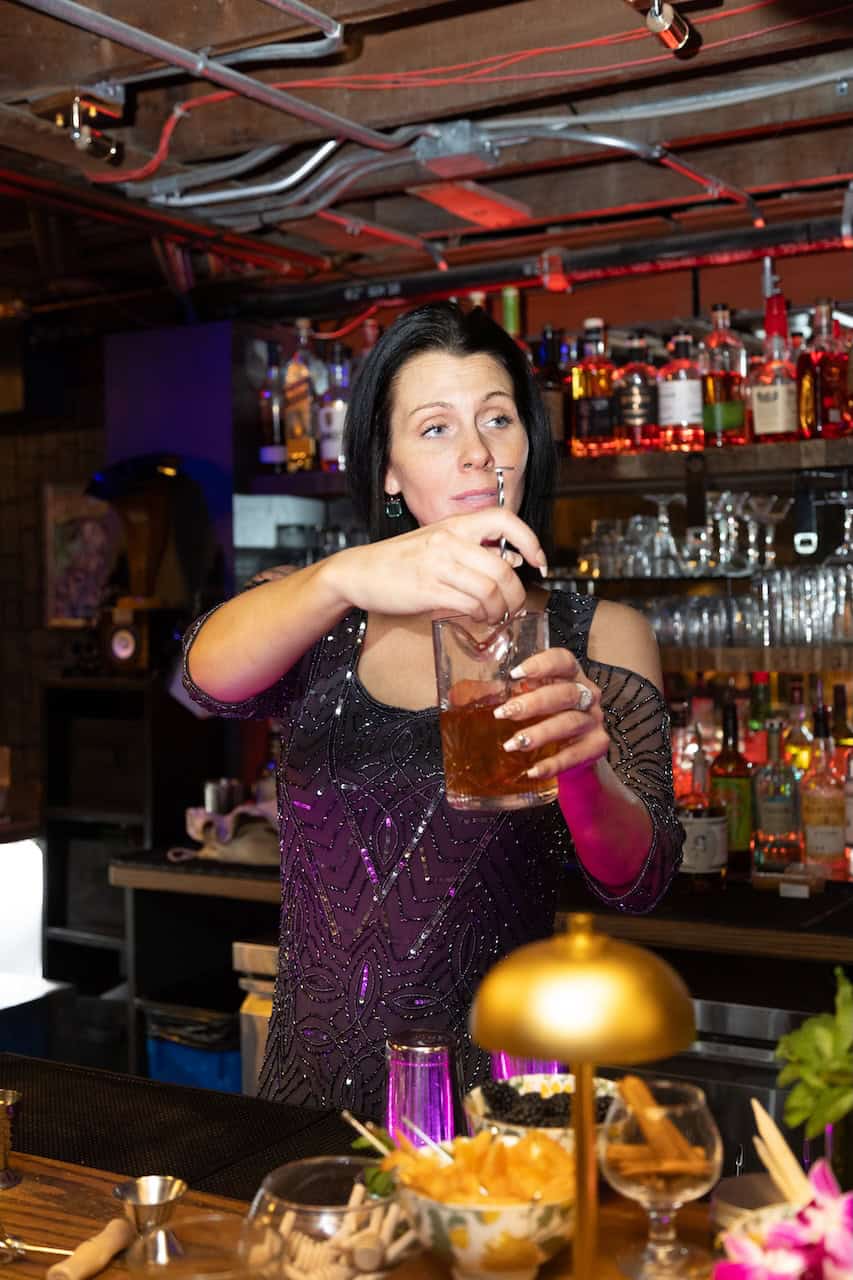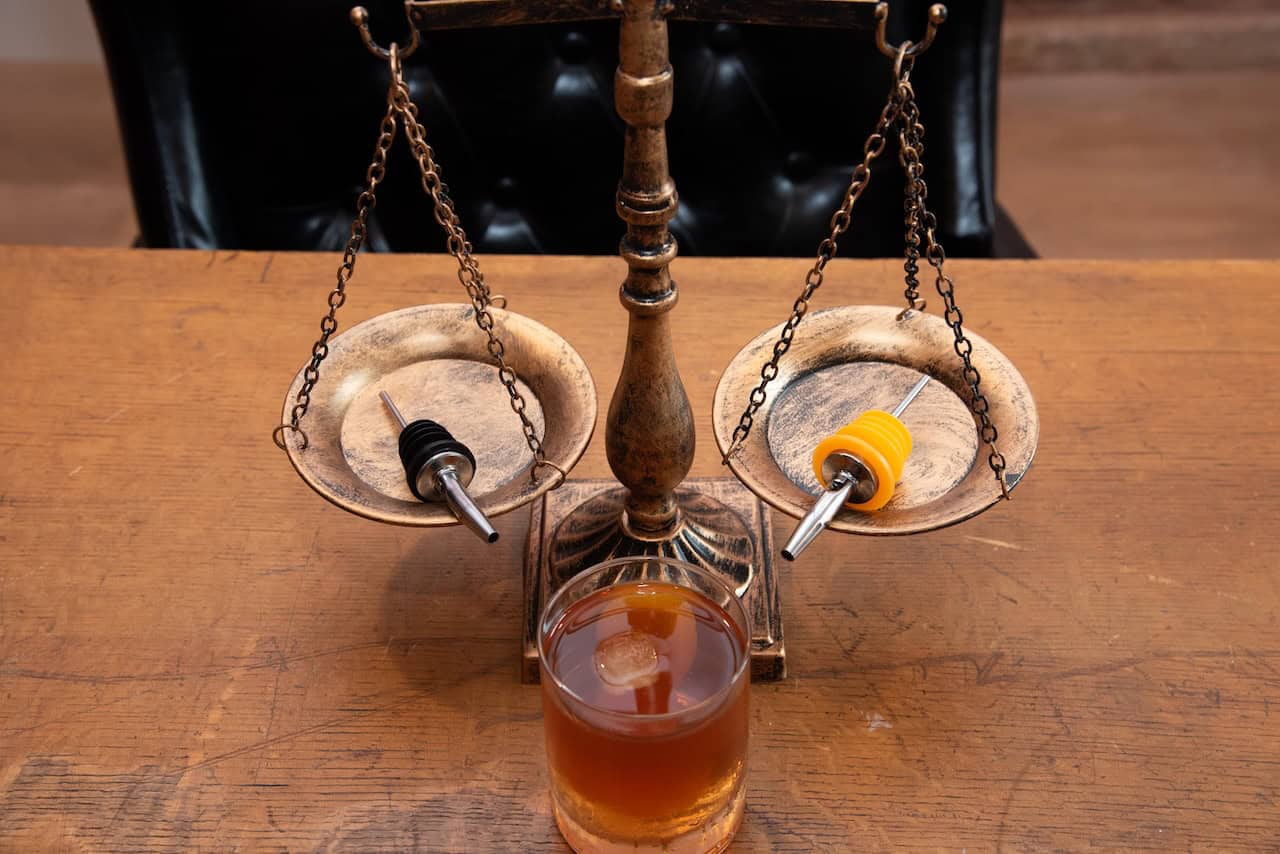When evaluating bar equipment purchases, many operators focus solely on upfront costs. However, this approach often overlooks the substantial hidden expenses that come with inferior tools, especially liquor bottle pourers: frequent replacements, inventory shrinkage, operational inefficiencies, and lost revenue from inconsistent service.
Taking the pourer example, perhaps the largest factor to consider is predictability and consistency of the pour flow (i.e. reducing overpour which translates to significant lost revenue). A less expensive pourer may save you money upfront, but if it’s cheaply produced and doesn’t maintain a perfect flow, your losses per pour, per bottle, per year could cost you thousands of dollars in losses.
Professional-grade bar tools represent a strategic investment that delivers measurable returns across multiple operational areas and transforms the bottom line.
Total Cost of Ownership: Beyond the Purchase Price
The true cost of bar tools extends far beyond the initial invoice. A comprehensive total cost of ownership (TCO) analysis reveals where premium tools create value including:
- Replacement frequency: Imported or budget tools often break faster or were never manufactured optimally to begin with, meaning more frequent replacements will be required. U.S.-made or premium tools are often made to a higher standard to help ensure they have a greater lifecycle.
- Operational downtime: Failed equipment during peak hours creates cascading costs such as slower service, frustrated customers and stressed staff. Reliable tools minimize these disruptions.
- Training efficiency: Consistent, well-designed tools reduce training time for new bartenders and ensure uniform performance across shifts.
Inventory Control and Loss Prevention
Returning to the pourer example, pour accuracy represents one of the most significant return on investment (ROI) drivers for quality bar tools. Overpour ranks near the top of the list of items often overlooked by bar owners and management that directly leads to lost profits.
Consider this scenario: One drink typically has (1) ounce of liquor and sells at a high end bar for $12.50. At 20% overpour (not uncommon with budget pourers) operators lose 1 out of every 5 drinks — or at least 6 drinks per 1 liter bottle. In this example, that’s a $75 loss per bottle. All to save a few dimes upfront on the cost of the pourer.
Operators should emphasize these four key performance indicators (KPIs) when measuring effectiveness:
- Pour variance per bartender
- Inventory shrinkage rates
- Customer complaint frequency
- Staff productivity metrics.
Labor Efficiency and Service Quality
Professional tools enhance bartender performance in measurable ways. Well-balanced jiggers, ergonomic shakers, and leak-free pourers enable faster, more consistent drink preparation. This translates to:
- Reduced ticket times during peak periods
- Higher customer satisfaction scores
- Increased tips and repeat business
- Lower staff turnover due to improved working conditions.
Brand Reputation and Customer Experience
Quality tools contribute to consistency across locations, which is critical for multi-unit operators. When every location delivers identical drinks using standardized equipment, customer trust and brand loyalty increase. This consistency becomes particularly valuable for franchise operations where brand standards must be maintained across diverse ownership structures.
Making the Business Case: ROI Calculation Framework
To calculate potential ROI, consider these five variables:
- Current annual tool replacement costs
- Estimated overpour reduction (typically 0.1 to 0.5 oz per drink)
- Average drinks served daily
- Cost per ounce of primary spirits
- Labor efficiency improvements (time savings per drink).
For example, a large national restaurant chain experiencing significant bar revenue loss tested the original Spill-Stop 285-50 against imported copies and concluded the imports varied in pouring speed by as much as 20% from pourer to pourer.
Four Implementation Best Practices
Successful tool upgrades require systematic implementation. During the process, be sure to follow these best practices to ensure consistent and reliable results:
- Baseline measurement: Document current performance metrics before changes
- Staff training: Ensure proper technique with new equipment
- Monitoring: Track performance improvements over the first 90 days
- Adjustment: Fine-tune processes based on real-world usage.
The most successful operators view professional bar tools not as expenses, but as profit-generating assets enhancing their operation.



